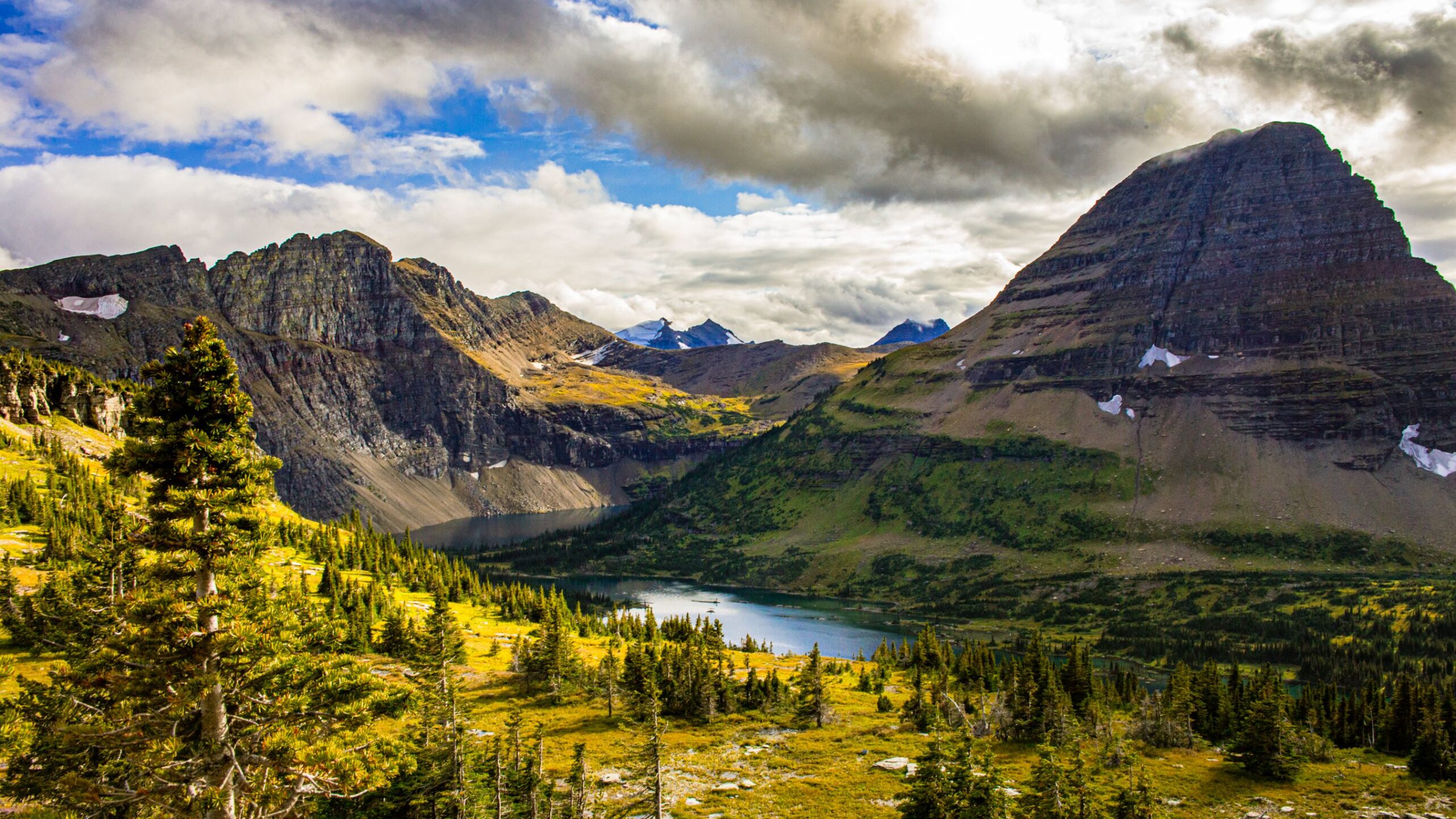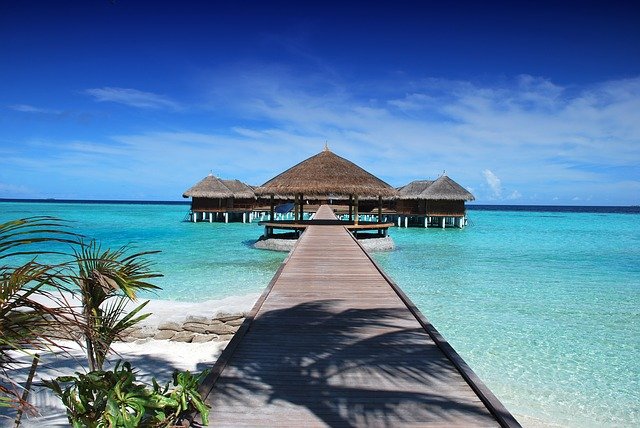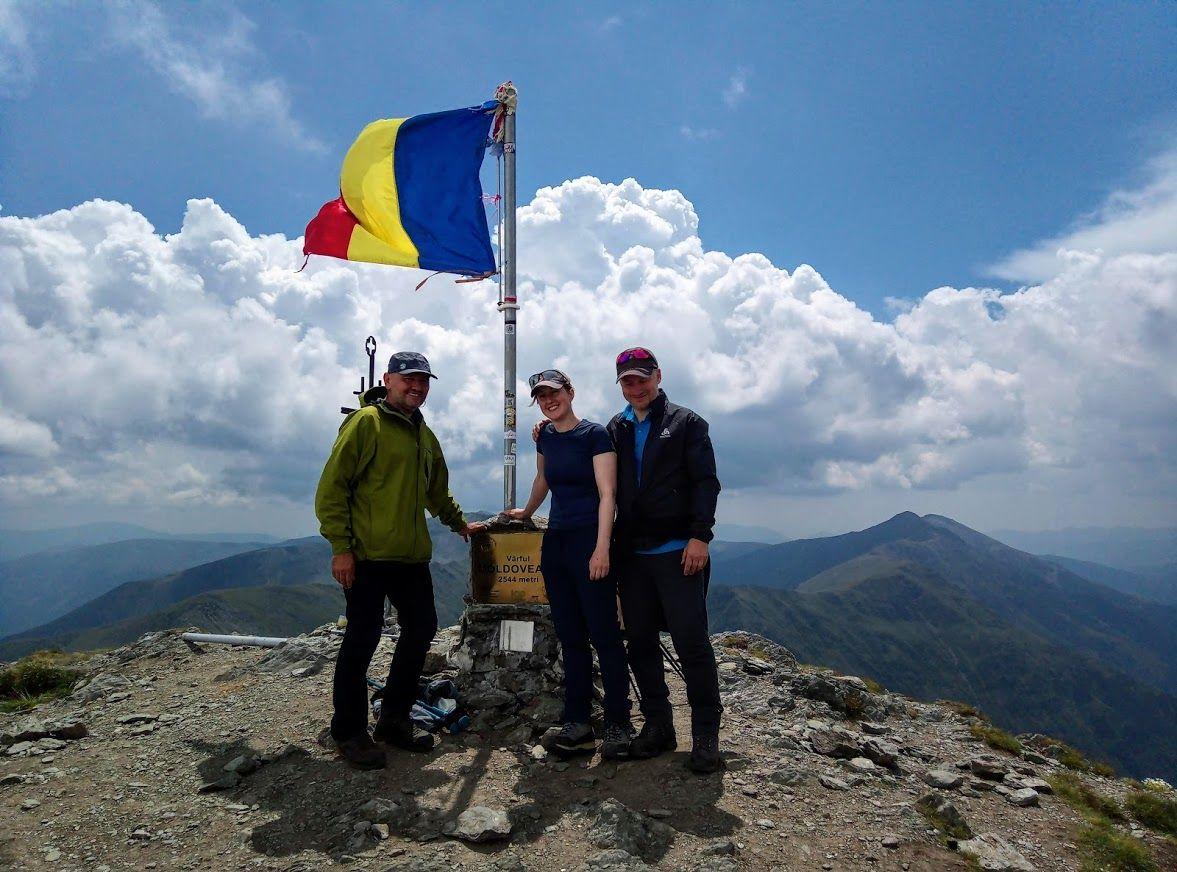The Ultimate Guide to Bicycle Travel for Beginners

Table of Contents
Have you ever imagined that the self-powered metal item in your garage, a.k.a. your bike, might transport you around the globe? Because it is possible! You don’t have to be a world-class athlete to get from walking around your neighborhood to pedaling through China’s streets.
It may be difficult to comprehend the concept of self-propelled transportation, but those who have done it say it is the ideal way to travel. Bike travel provides you a lot of independence, is environmentally friendly, and is a fantastic way to get some exercise.
What Is Bicycle Touring?
Bicycle touring, as opposed to sport, commuting, or fitness, refers to self-contained riding vacations for enjoyment, adventure, and autonomy. Touring might last anything from a few hours to several weeks or even years. Tours might be arranged by the participant or organized as a fund-raising initiative by a vacation company, a club, or a charity.
Bicycle traveling may be done in a variety of ways, including day tours, overnight tours, credit card tours, and light touring. Bikepacking / cyclocamping is a similar concept to bicycle touring. Group trips with a guide. Guided self-supported trips and the most typical self-supported cycling tour are both available.
Guide for your First Tour
Fortunately, biking isn’t something you’ll have to figure out on your own. There are a plethora of things available, so get to work! Here’s a checklist of topics to think about to get you started.
How long do you want to go?
While many of the blogs and websites you’ll come across will discuss biking around the world, it’s essential to remember that if you can’t take three years off to ride around the world, you can always travel for a month – or even just a week or two. You just must ensure that the time you allow is sufficient for the distance you wish to go, just like you would for any other journey.
Where do you want to go?
It’s no surprise that there are many maps of bike routes all around the world because people have been traveling by bike for numerous years. When it comes to preparing your own bike journey, these are really helpful. You may also go on guided bike trips if you like. Make sure you go where you want to go, not simply where there are easy routes. Also, keep in mind the weather conditions at the time of year you intend to visit.
What kind of shape are you in?
You must be in decent form and in excellent health to bike for up to 70 kilometers straight and climb mountain terrain. Start logging some kilometers on the bike you’ll be riding before you go on your vacation if you haven’t done so previously. Strength training will be beneficial as well. Remember that as you progress on your journey, your stamina will improve, making it easier. Don’t tell yourself you can’t do anything, regardless of your age; simply take it at your own speed. You’ll be so engrossed in the breathtaking view that you won’t even notice the heat!
Different Types of Bicycles
There are a variety of bicycles that may be used for a bike tour. Bicycles used for bicycle touring include casual road bikes, touring bikes, recumbent bikes, folding bikes like the Brompton, cyclocross bikes, expedition bikes, and mountain bikes.
Hotels, hostels, or camping?
Some providers provide maps with lodging options at the conclusion of each day of your travel. It’s more than possible that it won’t always work out that way, depending on how well you plan. A tent will be required if you are touring a rural area of Asia or Africa, for example. Look for a tent that is robust, small, and has good circulation – The North Face provides a few possibilities.
What should you bring?
Helmet, suitable clothes, phone, passport (with visas), water, and food are all needed. What else you carry will depend on the circumstances of your bike journey (for example, will you need to bring your own toilet paper?).
How to carry my gear?
Unlike trekking, you won’t have to carry anything on your back! It’s vital to be as light as possible because you’re still pedaling the weight of your gear. To bring your stuff, you’ll need BOTH of these:
For starters, racks. These are the metal frames that connect the front and/or rear ends of the bike. Your bike must have screw holes that are compatible with the rack since the rack connects to the bike with screws. On all touring bikes, these holes will be present.
Panniers (or “saddlebags”). Consider them to be your cycling baggage or bags. They’ll contain all of your belongings. Depending on the manufacturer, they attach directly to the racks in a number of ways. For balance and stability, weight symmetry and gear distribution are critical. Although rear panniers are more usual, you may also install front panniers if you require extra storage space. Roll-top panniers with a waterproof seal are preferred!
Bikers can also install handlebar bags for goods they require while cycling, as well as a seat or frame bag for tiny items like repair tools.
How heavy a pack can you carry?
You’ll be camping and need food if you’re riding through any desert, which will add to the weight of your luggage. If you’re hauling a heavier weight, ensure your bike is up to the task. Take some practice rides with the weight you’ll be carrying. This will help you figure out how much you’re capable of handling.
Consider Practicing
If you’re planning your own cycling trip, it’s a good idea to break in your touring cycle ahead of time (even if you consider yourself an expert cyclist). Take a weekend vacation with a backpack that is equal to the weight of your luggage.
If you have the time, repeat as many times as you can. It will only boost your confidence in your own abilities. This will also give you a ballpark figure for your riding speed. Make sure to factor this in while planning your vacation. Terrain, weather, sights along the path, and, most significantly, your fitness influence how far you can travel
What if you know nothing about bikes?
There’s no need to worry! Aside from understanding how to ride a bike, many cyclists had little knowledge of bicycle mechanics before embarking on a cycling tour.
However, knowing a few fundamentals in the event of a breakdown might be incredibly beneficial.
· Research tips and videos, such as those provided by Park Tools
· Volunteer at a local bike store or co-op
· Take a bike repair course
· Experiment with your own bicycle
Pumping or repairing a flat tire will account for 80% of your bike problems. Feel at ease with this at the very least.
If you have clip-in pedals, we recommend that you get used to them first. Maybe go on a grassy ride with them and practice clipping in and out.
You will be more than ready to start on your journey once you have considered these issues. We hope that this essay about bicycle touring has aided you in determining the steps necessary to make your next or first cycling trip a reality.





